This is an artist's rendition of the mysterious structure called Stonehenge.
Click on image for full size
Windows to the Universe original image
The Stonehenge Monument
There are over 900
rings of stone located in the British Isles. The most famous of these stone rings is of course, Stonehenge.
Stonehenge lies in Wiltshire, England. Stonehenge is so mysterious that it has alleged connection with the Druids, King Arthur's court, and even visitors from another world. These connections aren't quite true!
The stones of Stonehenge date between 3,000 B.C and 2,000 B.C. So, Stonehenge is probably the marking of the Neolithic people. In southern England, the Neolithic period starts with early farming communities around 4,000 BC and ends with the start of the Bronze age around 2,000 BC.
The original purpose for the monument is unclear. This is partly because its makers left no written record and partly because the site has been modified throughout the years. So, it's tough to tell if the stones are in their original places or not. Some people think that the site was built as a temple of worship of the ancient Earth gods. Some say it was used as an astronomy observatory of sorts. Still others say it was an ancient graveyard.
There is scarcely any doubt that astronomy did take place at Stonehenge, it's just difficult to tell exactly what went on there.
Stonehenge probably required more than 30 million hours of labor. Certain stones may have been brought from over 240 miles away! So, whatever its purpose, it must have been important to this Neolithic community to invest so much time and effort into its making.
You might also be interested in:
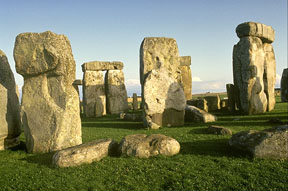
Many people are interested in the mysterious megalithic structures that can be found around the world. A megalithic structure is a ancient monument made of large stones. Megalith comes from Greek; "mega"
...more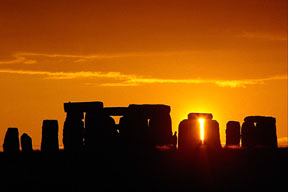
Some people would say that advanced astronomical astronomy was practiced at Stonehenge. But, it is not likely that ancient observers were able to make advanced predictions such as when lunar and solar
...more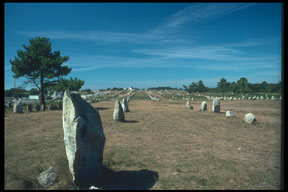
The stones of Carnac, France, are probably the most famous stones markings outside of those found at Stonehenge in England. There are many, many stones at Carnac. And these stones are very old too, the
...more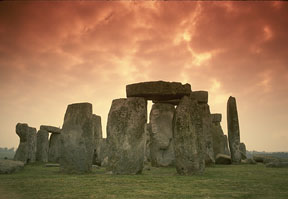
"The movements of the heavenly bodies are an admirable thing, well known and manifest to all peoples. There are no people, no matter how barbaric and primitive, that do not raise up their eyes, take note,
...more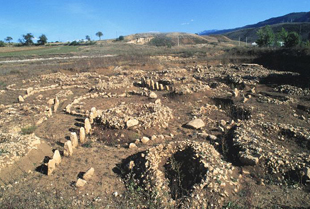
The stone structures of England and France are very famous. In Italy, you'll also find standing stones, stone rings, and stone tombs. An example of these stone structures is in Fossa, Abruzzo, in Italy.
...more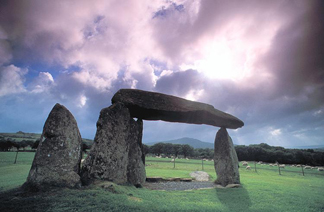
The stone structures of England and France are very famous. But, there are also stone structures in Wales, Sweden, Germany, Portugal, Spain, and Russia. The most popular site in Wales is Pentre Ifan. Pentre
...more
People from Asia crossed the Bering Strait into North America. These people were first in this new land and so they are known as Native Americans. Over time, these people broke into tribes (as seen on
...more















